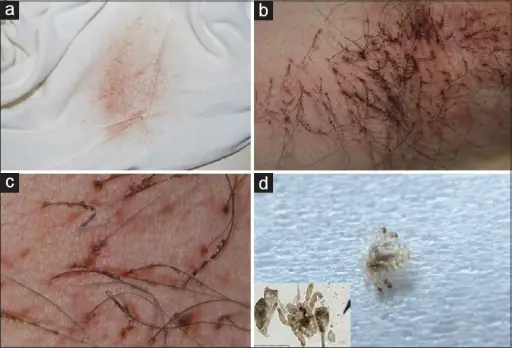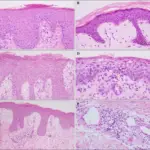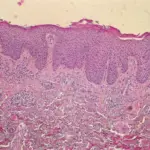Lice is a skin infestation caused by a type of anthropods the louse.
What is the Pathology of Lice?
The pathology of lice is:
-Etiology: The cause of lice is P humanus capitis, P pubis, and P humanus corporis.
-Genes involved: None.
-Pathogenesis: The sequence of events that lead to lice; bite from anthropoids cause lesion by the direct irritant effect of arthropods section, delayed or immediate hypersensitivity responses to retained/injected parts or secretions.
-Morphology: The morphology associated with lice shows urticarial or inflamed papules and nodules, with/without ulceration. May also serve as vectors for secondary invaders.
-Histology: The histology associated with lice shows infiltrate of lymphocytes, histiocytes, and eosinophils.
How does Lice Present?
Patients with lice are typically common in females than males present at an age range of 3 to 11. The symptoms, features, and clinical findings associated with lice include pruritus, louse, or its eggs, attached to hair shafts, trouble sleeping, and scratching.
How is Lice Diagnosed?
Lice is diagnosed through history and physical examination. Laboratory studies involve scrapings and fungal culture.
How is Lice Treated?
Lice is treated through medical care such as ovicidal pediculicides, environmental control, and hygiene for prevention.
What is the Prognosis of Lice?
The prognosis of lice is fair as treatment effective in killing the mature and nymphs lice but does not affect eggs associated with other comorbidities and social embarrassment.



